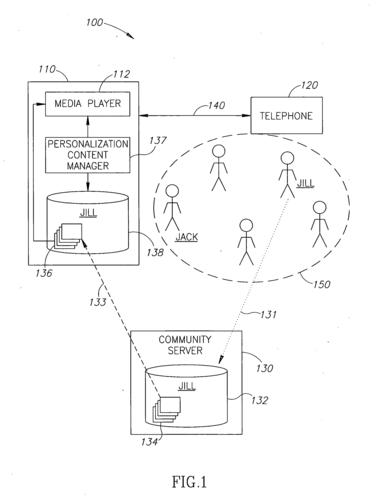Cro Personalization: A Comprehensive Guide for Enhanced User Experience
Personalization has become a cornerstone in the digital world, and Conversion Rate Optimization (CRO) is no exception. By leveraging personalization techniques, businesses can significantly enhance user experience, leading to higher engagement, conversions, and ultimately, revenue. In this article, we will delve into the various dimensions of CRO personalization, providing you with a detailed understanding of how to implement these strategies effectively.
Understanding CRO Personalization
CRO personalization refers to the process of tailoring the user experience on a website or app to individual users based on their preferences, behaviors, and demographics. This approach ensures that users find the content, products, or services they are looking for more easily, leading to a higher likelihood of conversion.
![]()
Segmentation: The Foundation of CRO Personalization
Segmentation is the first step in implementing CRO personalization. By dividing your audience into distinct groups based on factors like demographics, behavior, or interests, you can create targeted experiences for each segment. Here are some common segmentation strategies:
| Segmentation Strategy | Description |
|---|---|
| Demographic Segmentation | Dividing the audience based on age, gender, income, education, etc. |
| Behavioral Segmentation | Grouping users based on their actions, such as browsing history, purchase behavior, or engagement with content. |
| Geographic Segmentation | Targeting users based on their location, such as country, city, or zip code. |
| Psychographic Segmentation | Dividing the audience based on their personality, values, attitudes, and lifestyles. |
Personalization Techniques
Once you have segmented your audience, you can apply various personalization techniques to enhance the user experience. Here are some popular methods:
-
Content Personalization: Displaying different content to users based on their preferences, interests, or past interactions.
-
Product Recommendations: Suggesting products or services that align with a user’s browsing or purchase history.

-
Dynamic Pricing: Offering different prices or discounts based on user behavior, such as time of day, location, or browsing history.
-
Personalized Email Marketing: Sending targeted emails to users based on their interests, past purchases, or engagement with your website.
-
Chatbots: Providing personalized assistance to users through chatbots that can answer questions, guide them through the website, or offer product recommendations.
Implementing CRO Personalization
Implementing CRO personalization requires a combination of technical skills, data analysis, and creativity. Here are some steps to help you get started:
-
Define your goals: Determine what you want to achieve through personalization, such as increasing conversions, improving engagement, or reducing churn.
-
Collect and analyze data: Use web analytics tools to gather insights into user behavior, preferences, and demographics.
-
Segment your audience: Group users based on relevant factors and create targeted experiences for each segment.
-
Choose personalization tools: Select the right tools and technologies to implement your personalization strategies.
-
A/B test and iterate: Continuously test and refine your personalization strategies to ensure they are effective and provide a positive user experience.
Measuring Success
Measuring the success of your CRO personalization efforts is crucial to ensure that you are achieving your goals. Here are some key metrics to track:
-
Conversion Rate: The percentage of visitors who take a desired action, such as making a purchase or signing up for a newsletter.
-
Bounce Rate: The percentage of visitors who leave your website after viewing only one page.
-
Engagement Rate: The level of interaction users have with your website, such as time spent on page, page views,












